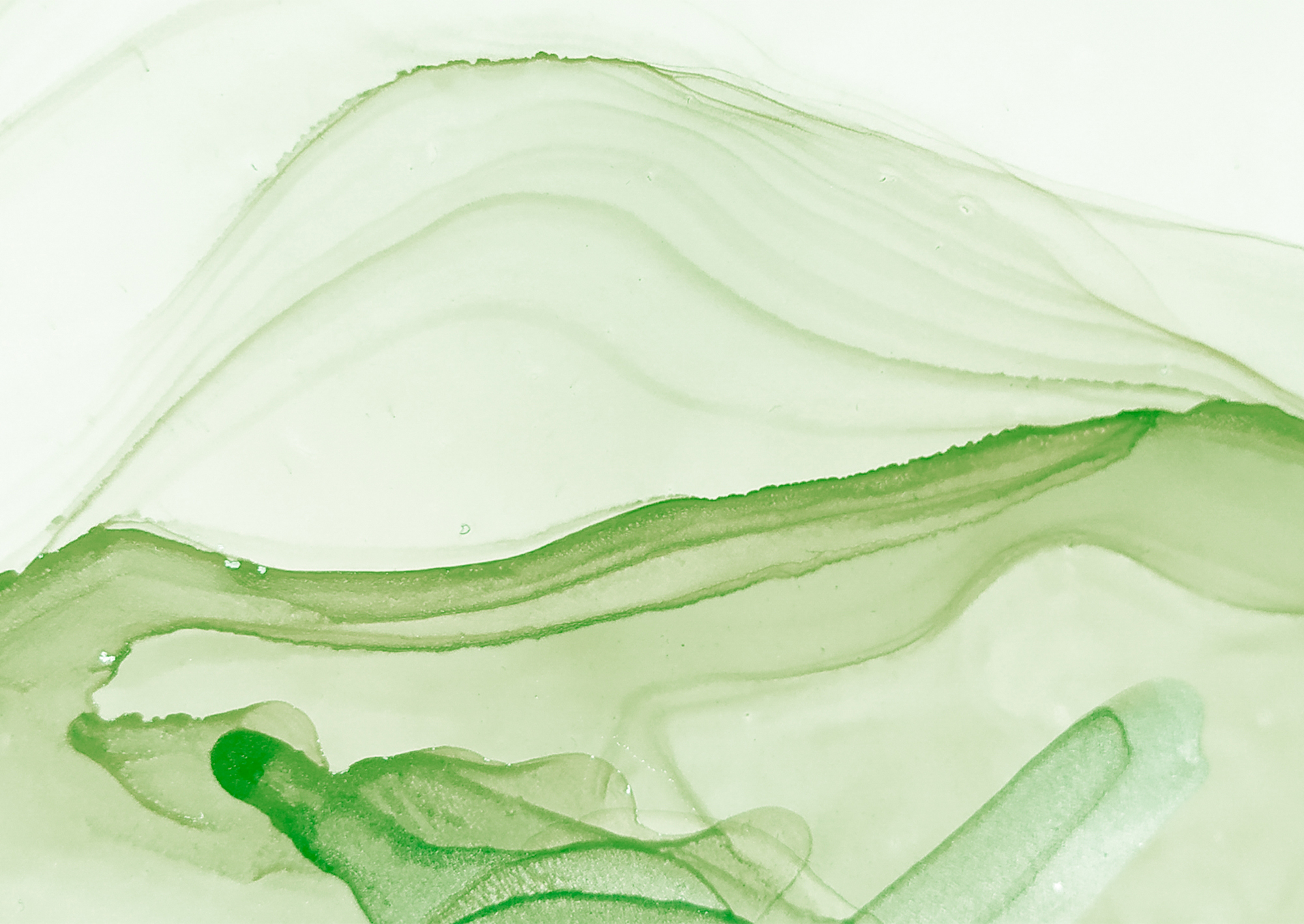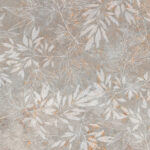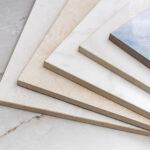Index
- Introduction: the new frontier of sustainable ceramic printing
- Context and regulations: towards the reduction of VOC emissions
- Eco-friendly digital inks: definition and formulation principles
- Eco-solvent and water-based: operational and performance differences
- Sicer research and the .LE Low Emission series
- Laboratory data and measurable advantages
- Rheology, stability, and compatibility with piezo heads
- Conclusions and future prospects
- FAQ
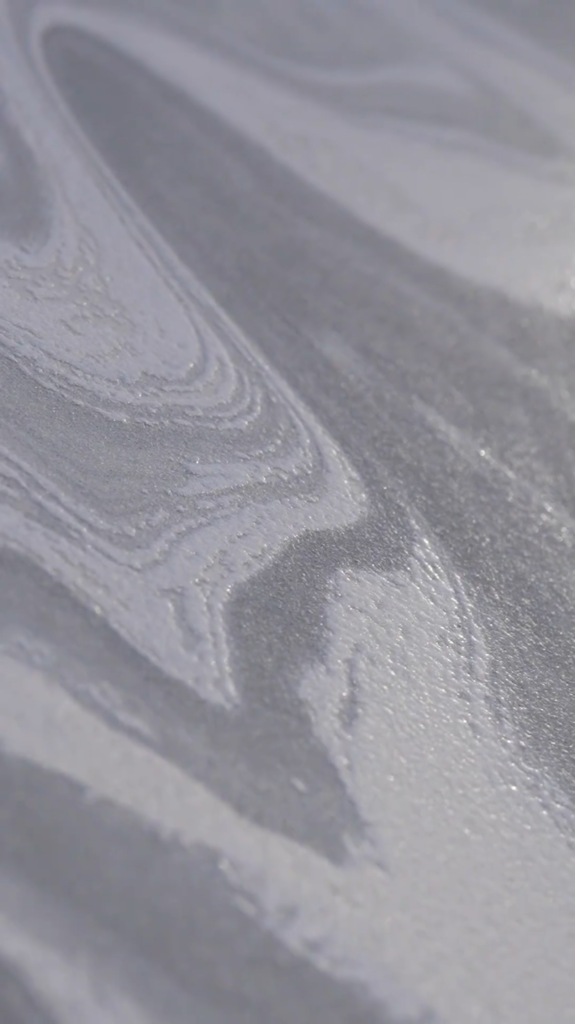
Introduction: the new frontier of sustainable ceramic printing
In the ceramic sector, the ecological transition also involves digital decoration.
Today, eco-friendly digital inks are a strategic lever for reducing environmental impact without sacrificing quality, precision, or color rendering.
Unlike other industrial sectors, digital printing on ceramics requires high-performance products that are stable at high temperatures and compatible with firing processes.
With its thirty years of experience in ceramic chemistry, Sicer is leading this evolution towards concrete industrial sustainability, based on research, data, and verifiable results.
Context and regulations: towards the reduction of VOC emissions
In line with the Best Available Techniques (BAT) described in the European document CER BREF – Ceramic Manufacturing Industry, the reduction of VOC emissions is one of the main environmental objectives for the ceramic industry.
Studies conducted in Europe show that the choice of ink can account for up to 30% of total TOC (Total Organic Carbon) emissions during the decoration cycle.
Reducing emissions means:
- decreasing the energy consumption of thermal purification systems,
- improving air quality in printing departments,
- complying with environmental and occupational safety directives.
Eco-friendly digital inks: definition and formulation principles
Eco-friendly digital inks for ceramics differ from conventional formulations in terms of the choice of raw materials and their reactivity during firing.
They are formulated with:
- new generation eco-solvents,
- high-purity micronized mineral pigments,
- controlled rheological additives to ensure stability and compatibility with industrial print heads.
The result is cleaner, more stable, and repeatable digital printing that combines aesthetic appeal with reduced environmental impact.
Eco-solvent and water-based: operational and performance differences
In the ceramic decoration sector, printing solutions are currently divided between eco-solvent inks and water-based digital inks, both technologies in which Sicer actively invests in Research & Development.
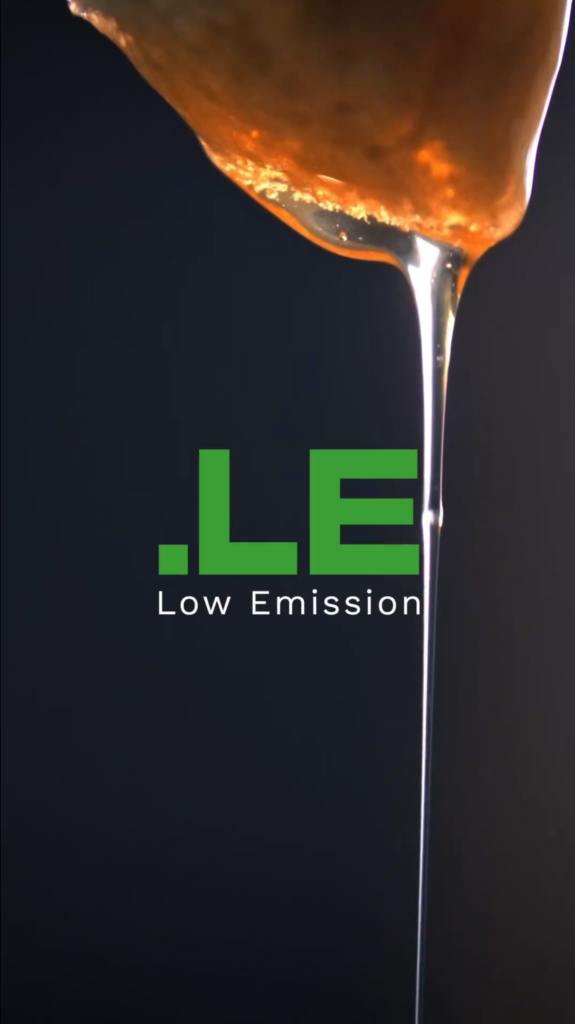
The eco-solvent inks of the .LE – Low Emission series represent the most established solution for high-productivity industrial lines, thanks to:
- low actual TOC and VOC emissions,
- high rheological stability and compatibility with all major print heads,
- color reproducibility even on large print volumes.
At the same time, Sicer’s research into water-based digital inks opens up new prospects for sustainability, with virtually zero emissions and formulations free of organic solvents.
This technology, still in the industrial development phase, requires controlled printing environments and specific thermal management systems, but represents a strategic direction for the future of digital decoration.
At Sicer, sustainability translates into a portfolio of complementary solutions designed to adapt to different production needs and the most advanced environmental regulations.
Sicer Research and the .LE Low Emission series
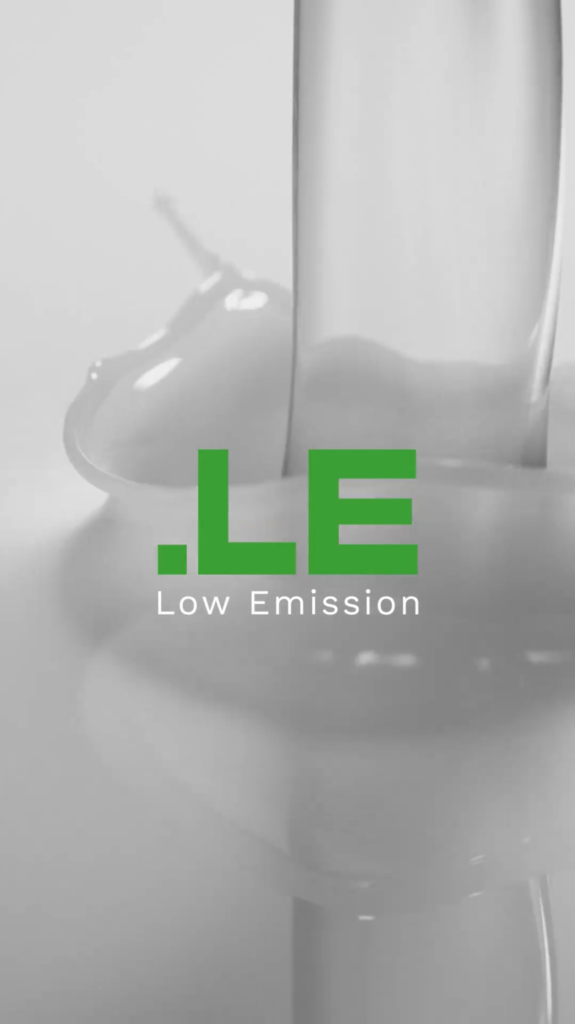
The patented .LE – Low Emission series is the result of ongoing research by Sicer’s Digital R&D laboratory.
It is a range of eco-friendly digital inks (colors, effects, and digital glues) designed to significantly reduce emissions during printing and firing.
Main features:
- up to 40% reduction in TOC and up to 50% reduction in aldehydes,
- 50% lower odor units compared to traditional solvents,
- constant rheological stability over time,
- color reproducibility even over extended production cycles,
- universal compatibility with the main industrial digital systems.
Laboratory data and measurable advantages
| Parameter measured | Traditional inks | Sicer .LE series | Improvement |
| TOC emissions | 100% | –40% | ↓ 40% |
| Odor units | 100% | –50% | ↓ 50% |
Questi valori confermano che la sostenibilità, nel caso Sicer, è quantificabile e verificabile in laboratorio.
Rheology, stability, and compatibility with piezo heads
Rheology is one of the most critical factors for digital print quality.
In Sicer’s laboratories, each batch of ink is tested to ensure:
- controlled viscosity
- stable surface tension,
- no sedimentation even after long periods of storage.
These checks ensure consistent printing, less maintenance, and greater reliability on industrial lines.
Conclusions and future prospects
Eco-friendly digital inks are a cornerstone of the sustainable transition of the ceramic industry.
With the .LE Low Emission series, Sicer demonstrates how it is possible to reduce actual emissions without sacrificing performance and aesthetic quality.
FAQ
An ink with low VOC emissions, high rheological stability, and compatibility with industrial printheads.
Yes, they are validated for Dimatix, Toshiba, Seiko, and Xaar systems.
Reduced energy costs, lower emissions, and consistent quality over time.
Yes. Water-based inks are an increasingly popular solution for reducing emissions and environmental impact in ceramic printing processes. Sicer has developed high-performance water-based formulations designed to ensure excellent industrial compatibility, printing stability, and consistent color quality, contributing to the overall improvement of the sustainability of the production cycle.


